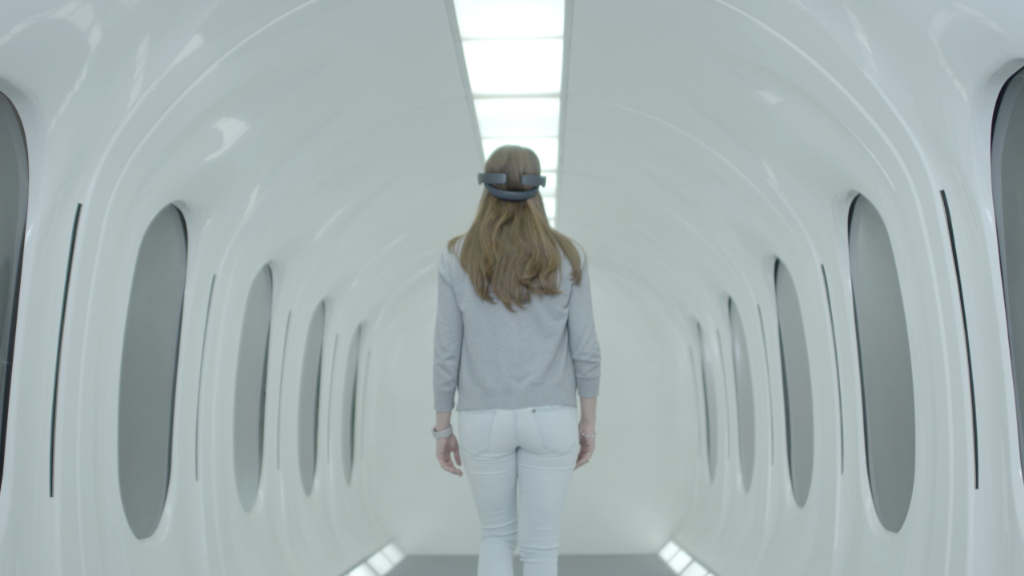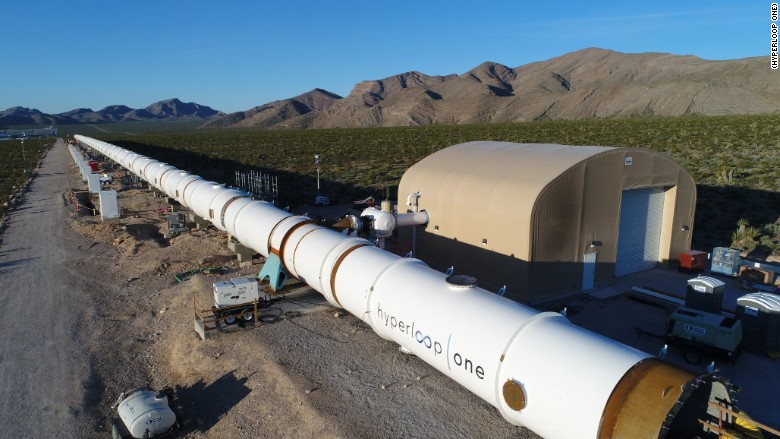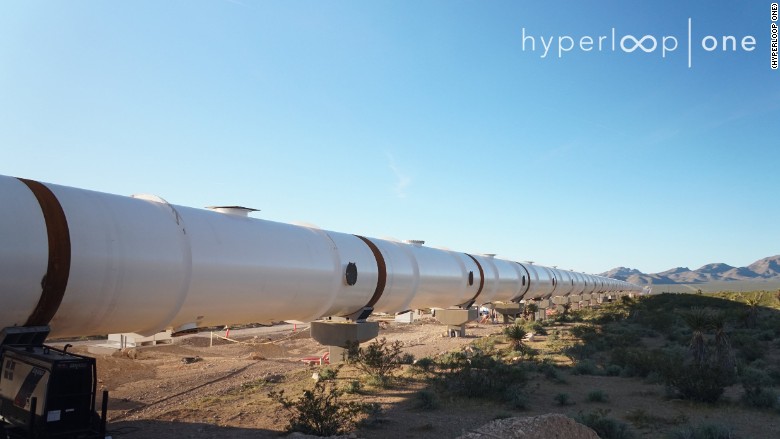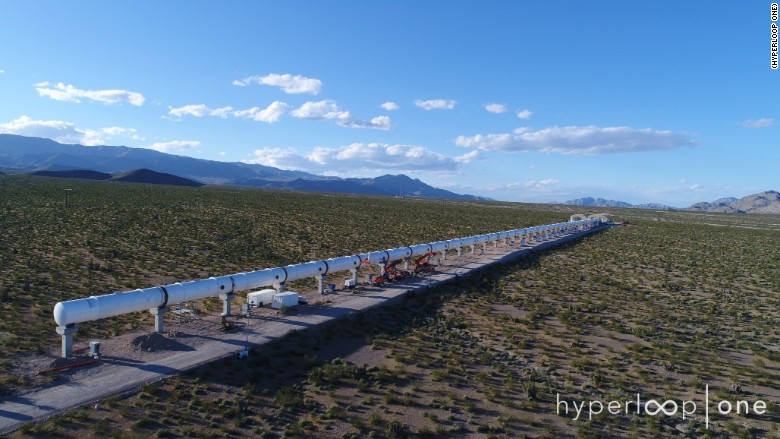
Could a steel tube in the Nevada desert foretell the future of U.S. transportation?
Hyperloop One, which recently completed a hyperloop test track outside Las Vegas, portrays itself as the next great thing in American transportation.
The Los Angeles-based Hyperloop One visited Washington on Thursday, making a case for its technology as a way to better connect a growing nation. Hyperloop One executives described how Americans could get from city to city in minutes, as if distant regions were on the same subway network. But today the hyperloop remains a young, unproven project that is full of questions.
Hyperloop officials appeared to court the Trump administration in their remarks, well aware of the president's plans for revitalizing U.S. infrastructure.

"We're creating blue collar [jobs and] white collar jobs with an all-American solution that is being designed here and can be built here," Hyperloop One CEO Rob Lloyd said. "It's overdue for us to find a new transportation network that's going to be as disruptive as the car was."
Related: Hyperloop One wants to build in Russia
Lloyd highlighted several potential routes, starting with one in the Rust Belt, which would connect Pittsburgh and Columbus, Ohio.
He estimated the hyperloop would cost two-thirds the price of high speed rail, and be up to three times faster.
Yet so far the company has only built a 500-meter track. It's performed a propulsion test, in which its vessel went 116 mph. To whisk Americans from city to city in minutes, the hyperloop will have to perform at speeds over 600 mph.

Hyperloop technology functions somewhat like the pneumatic tubes that bank tellers have used to send checks and cash to customers waiting in the drive-through. Hyperloop passengers will sit in a pod that races through a vacuum tube.
Maintaining a vacuum in the tube is the toughest challenge, according to Satbir Singh, a Carnegie Mellon professor who advises students working on a hyperloop project. If air leaks in during travel, or when people board the hyperloop, the pods won't be able to travel at top speed.
Related: Elon Musk, business leaders talk transportation with Trump
The hyperloop will need to accelerate and slow down gently, so that the gravitational forces don't leave passengers feeling ill. Turns could also be problematic. Unless the Hyperloop travels on a straight lane, passengers risk feeling uncomfortable gravitational forces. Hyperloop One will need to demonstrate that the technology is sufficiently safe.

Elon Musk, the CEO of Tesla (TSLA) and SpaceX, initially unveiled the concept in August 2013. He was frustrated with California's plans to build an expensive high speed rail network that compared poorly to bullet trains around the world.
Musk has never planned to build the project himself. But SpaceX has hosted competitions to encourage hyperloop development.

